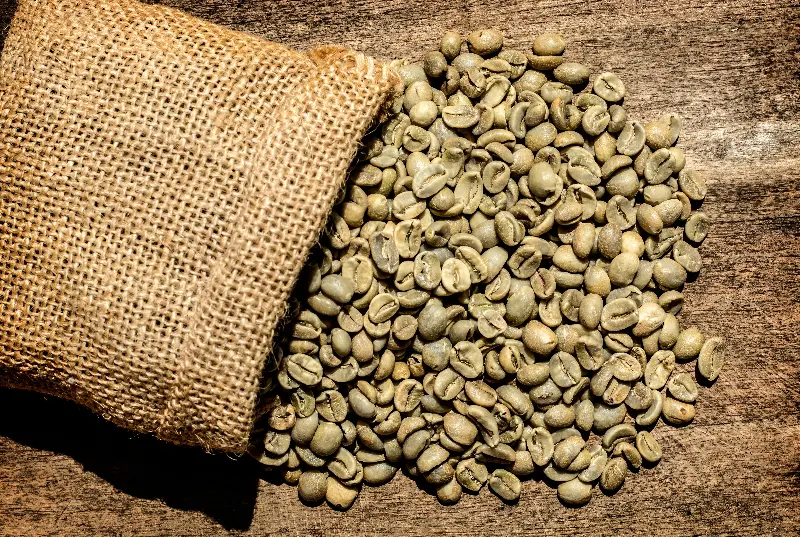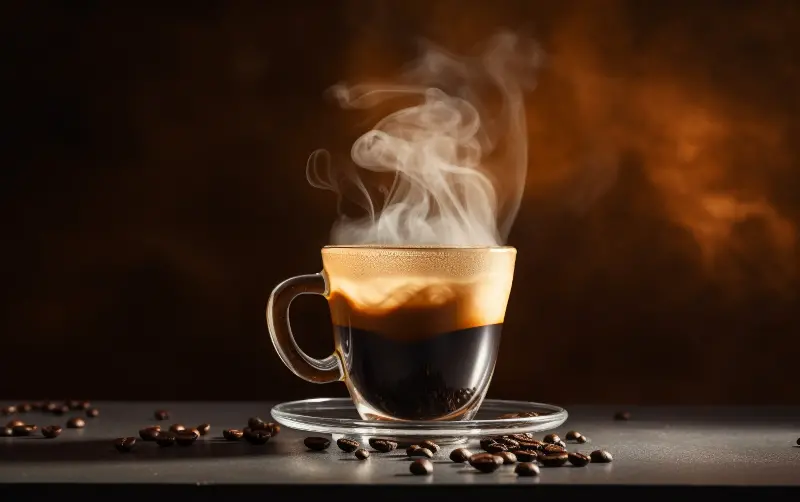For most of us, coffee is not just a drink—it’s a sacred daily ritual, an aromatic morning wake-up, and sometimes, the perfect late-night companion. But what happens when you want all of coffee’s charm without the caffeine buzz? Enter decaf coffee, often loved, sometimes mocked, and rarely understood. If you have ever wondered how those beautiful beans can be stripped of caffeine yet keep their robust character, you’re in for a treat. Let's unravel the science, craft, and surprising stories behind your favorite caffeine-free cup.

The Origins Of Decaffeination
The decaf story starts almost two centuries ago in Germany, where the accidental discovery of caffeine extraction spurred a global fascination with caffeine-free coffee. Ludwig Roselius, a coffee merchant, noticed that beans soaked in water after being exposed to seawater during shipping had lost much of their caffeine, though they still brewed an aromatic drink. His findings paved the way for the world’s first commercial decaffeinated coffee, setting off a wave of curiosity that led to the creation of diverse methods of caffeine removal.
Green Beans: The Start Of Something Decaf
Contrary to what some imagine, decaffeination always begins with raw, green coffee beans. These beans are shipped from farms around the world to specialized decaf processing plants before they are ever roasted. Removing caffeine from unroasted beans protects the delicate flavors and prevents irreversible damage that could occur to the already complex chemistry of roasted beans. It’s a bit like crafting a sculpture from marble—each action must be precise, lest you lose the beauty within.

The Art And Science Of Caffeine Extraction
Taking caffeine out of a coffee bean isn’t as simple as brewing weak coffee. That’s because caffeine molecules are locked inside the cellular structure of the bean, meaning the process must coax them out gently without dragging away much of the flavor. Several methods are used around the world, each with its unique twists.
The traditional solvent-based method uses organic chemicals, usually methylene chloride or ethyl acetate, to bond with caffeine molecules and sweep them away. The beans are soaked in water, then introduced to the solvent, which efficiently draws out the caffeine and is then separated, leaving flavor compounds mostly untouched. Methylene chloride, despite its chemical-sounding name, is rigorously purified and used in quantities that leave no harmful residue after roasting—making it a safe and popular choice.
For those seeking a more natural process, the Swiss Water Process has become a darling among coffee purists. This exclusively water-based technique relies on solubility and osmosis, soaking green beans in hot water to dissolve both caffeine and flavor compounds, then filtering the mixture through carbon filters that trap caffeine but let the flavor elements pass. Next, fresh beans are soaked in this flavor-rich, caffeine-poor water, so only caffeine leaves the beans. It’s a dance of molecular precision—a process celebrated for its respect for bean character and environmental friendliness.

More recently, supercritical carbon dioxide extraction has taken the stage. This method uses CO2 pressed at high pressure to act as a solvent, selectively removing caffeine with little disruption to the beans' inherent flavors. It’s high-tech, sustainable, and leaves coffee lovers marveling at what modern chemistry can accomplish.
Balancing Flavor: Keeping The Soul In The Cup
Perhaps the biggest challenge—and triumph—in decaffeination is flavor retention. Coffee flavor comes from hundreds of volatile aroma molecules, delicate acids, and natural oils. The risk with caffeine removal is that these molecules could slip away alongside the caffeine, leaving a flat, lifeless brew.
To combat this, modern decaf producers use tightly controlled conditions: precise temperatures, short exposure times, and careful drying afterward. By optimizing each step, they're able to lock in the nuanced notes and complex aromas that define specialty coffee. Recent advances mean decaf now preserves floral, chocolaty, nutty, or fruity profiles—so much so that many aficionados are shocked to discover they’re sipping decaf at all.

Surprising Facts And Today’s Decaf Trends
Did you know that decaf beans still retain about 3% of their original caffeine? That means a cup of decaf brewed from modern processes typically has between 2 to 5 milligrams of caffeine, a fraction compared to the 80 to 100 milligrams in a regular cup. For people who are caffeine-sensitive, pregnant, or just want to enjoy a cup after dinner, decaf offers a delicious compromise.
Moreover, specialty coffee roasters are now embracing decaf with unprecedented enthusiasm. No longer an afterthought, decaf is sourced from premium single-origin farms, given expert attention in roasting, and even used in high-end coffee competitions. These days, baristas might whisper about their favorite decaf blend as passionately as about that rare Ethiopian micro-lot.
A Brew Worth Savoring
The journey from bean to decaf brew is a marvel of food technology—one that preserves the soulful complexity of coffee while offering a mindful alternative for those seeking less caffeine. Whether you’re a loyal decaf drinker or a curious regular, next time you cradle a cup of decaf, remember the fascinating story it carries—and savor the flavor that science and passion make possible.
